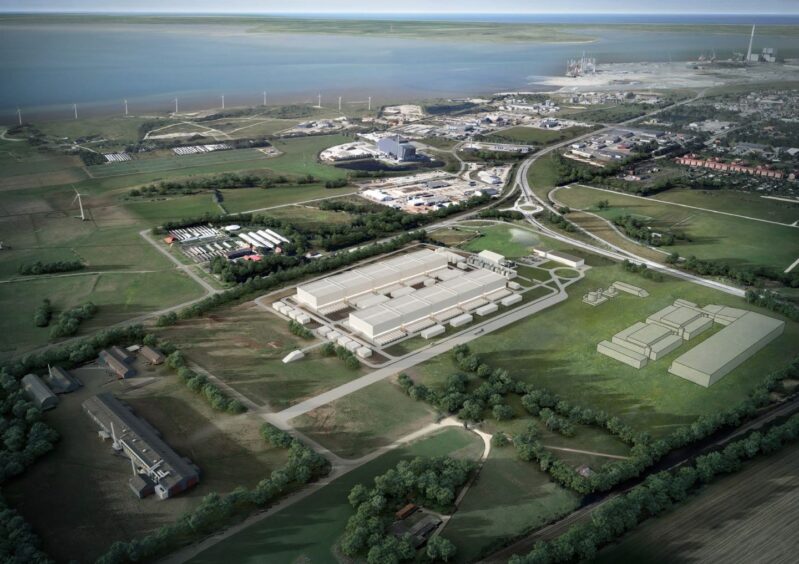
ABB has been contracted to provide electrical engineering for the power distribution at a 1GW hydrogen scheme on Denmark’s west coast.
Backed by developer H2 Energy Esbjerg and billed as one of the largest hydrogen developments in Europe, the site will produce up to 90,000 tons of hydrogen per year.
Scheduled to start operations in 2027, the plant will convert renewable electricity from offshore wind into green hydrogen to support the decarbonisation of heavy industry and road transportation.
The company, a joint venture of Trafigura and H2 Energy, intends to invest around 1 billion euros in the scheme.
ABB will provide engineering from the point of grid connection to electrolyzers on the site, and for other process equipment across the production facility in Esbjerg and the hydrogen distribution hub in Fredericia. The value of the contract was not disclosed.
In addition, produced hydrogen may also be used for to make green e-fuels like methanol and ammonia.
The project is expected to create up to 60 permanent jobs and supply enough green hydrogen to meet the annual fuel consumption demands of more than 10,000 trucks – around half of all trucks in Denmark.
“ABB is focused on supporting the EU’s priority to develop renewable hydrogen,” said Per-Erik Holsten, Head of Northern Europe at ABB Energy Industries.
“We are increasingly active in the pioneering Power-to-X market which is essential in meeting global energy transition goals and achieving a low carbon society in the future.”
“It was important to collaborate with a company that has the knowledge of managing energy consumption and optimizing energy efficiency during green hydrogen production,” said Julian O’Connell, project director of H2 Energy Esbjerg.
“It is also critical to ensure we have a reliable and readily available supply of power to support operations at the distribution hub.”
Speaking on the sidelines of the ADIPEC conference last week, president of ABB Energy Industries, Brandon Spencer, told Energy Voice that he expects blue hydrogen to offer the lion’s share of opportunities over the next 10 years, with natural gas reforming working alongside CCS.
However, green hydrogen will eventually take over after that initial decade.
Recommended for you
